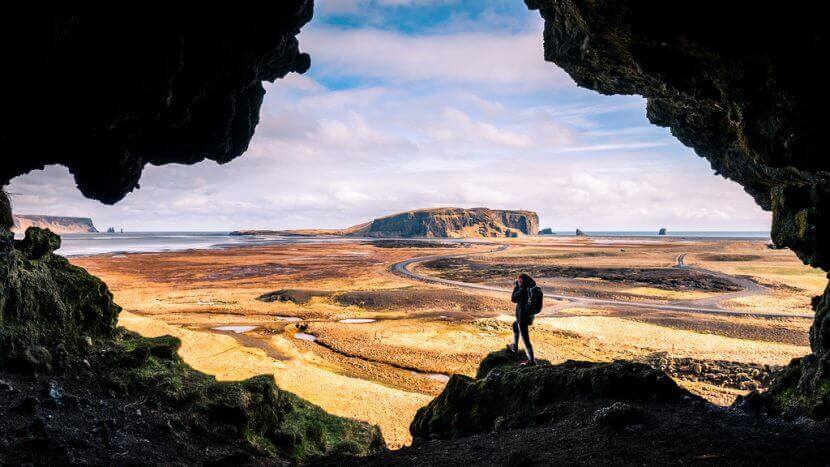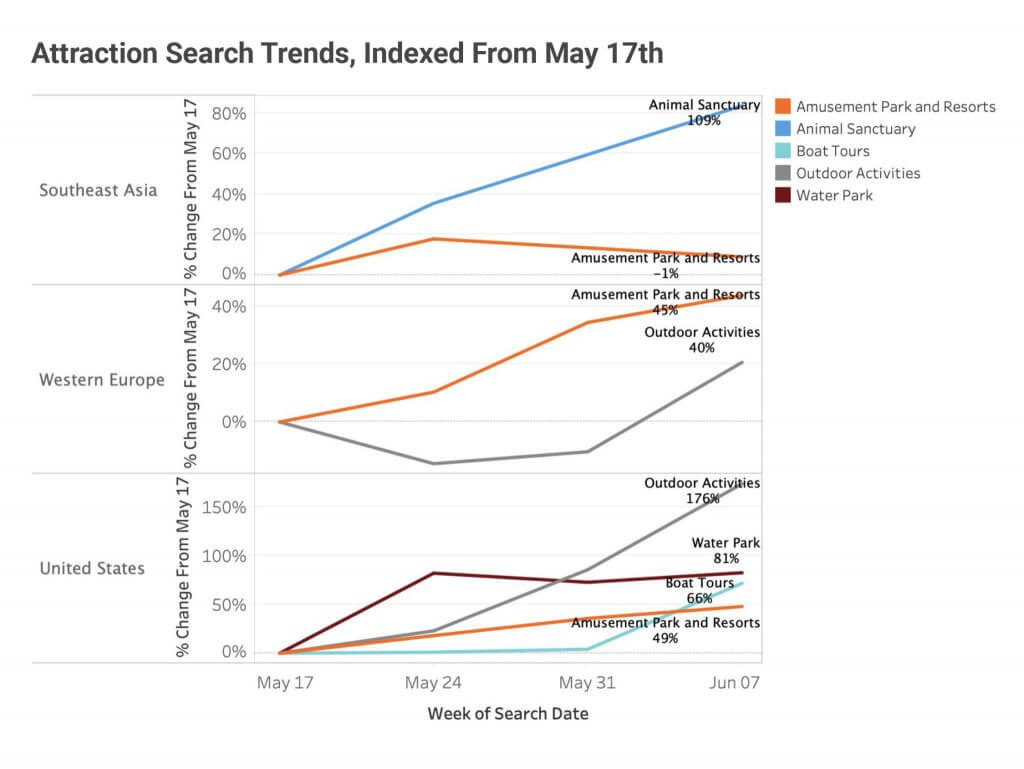
We work with tour operators, in-destination experiences, activities, and attractions, helping them execute digital marketing strategies and drive direct bookings.
NB: This is an article from Sojern
We know it can be difficult for marketers in this vertical to do it all, especially keeping up with the latest marketing trends while managing daily operations. However, with so many locals and travelers searching online for things to do, digital advertising is the key to direct, advance, online bookings.
In traditional advertising, you buy ad space where you think your ideal consumer will see your ad. But, because it’s difficult to track whether you influenced someone, you don’t always know which outreach generated a lead. Digital marketing allows you to find audiences based on certain criteria, advertise to them, and then see if after they viewed or clicked on your ad, they visited your website or booked with you, showing the value of every dollar you spend.
We know this is a huge topic to cover in a blog, so we’ve created a Guide to Digital Marketing for Tours, Activities, & Attractions. In the guide we walk through:
- The importance of direct bookings, and how digital marketing can help you get more
- The basics of digital marketing, including the breakdown of each digital channel
- How to maximize your current marketing efforts
Download the guide here.
Sojern Travel Trends in Attractions
Flight and hotel searches and bookings bottomed out in early April, though our data shows us that attractions saw the low point much later, in mid-May, as the graph below showcases. As summer has just begun and markets are opening, we are seeing early signs of growth in our data for searches among several of our attractions partners. Some attractions, many US-based, opened their doors as soon as restrictions were lifted. Other major attractions had plans to open, but got held back due to extended lockdowns, for example, in Southeast Asia.
Due to the varying degrees of restrictions being lifted by region, we see growth rates differ by market and by attraction category. The growth rate is largely dependent on the lockdown measures imposed in their markets, but we also see that attractions offering outdoor activities, such as rafting, hunting, fishing, are growing at a faster rate.

When we look at how far in advance travelers are planning, we define the lead time as when attraction seekers began planning their trip (i.e. searching for flights or hotel) to when they first landed on an attraction website. Below we can see how lead time behavior changes before lockdown, during lockdown, and as restrictions are being lifted. Attraction seekers are visiting attraction sites increasingly closer to the day they intend to visit the attraction, as the blue and yellow bars growing over time indicate.
We believe that travelers are planning later in the process because of uncertain times, likely because they are unsure if an attraction is open or if reservations are required ahead of time. This could also mean that people are searching closer to home so they’re at an advantage to plan within a shorter time window.

Finally, we looked at the share of travel touchpoints that attraction seekers have and how it has changed from before lockdown, to during lockdown, and throughout reopening. Each column listed below totals 100%. What our data shows is that travelers seem to interact more with airline sites directly during reopening which could be explained by airlines offering massive airfare deals when booking direct.
However, according to our data, when it comes to lodging, travelers appear to be shopping around for options using Online Travel Agencies (OTAs) rather than searching directly on hotel websites. This perhaps shows that OTAs could be rebounding faster when it comes to lodging because they have the ability to package deals, especially to travelers who are more price sensitive due to the pandemic. We also speculate that people may be searching on OTAs as they want to easily see which hotels are open, but may go back and book direct later.





